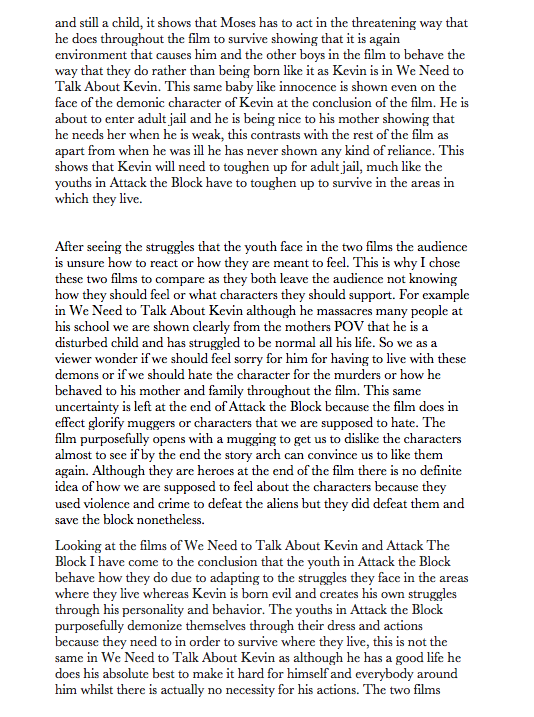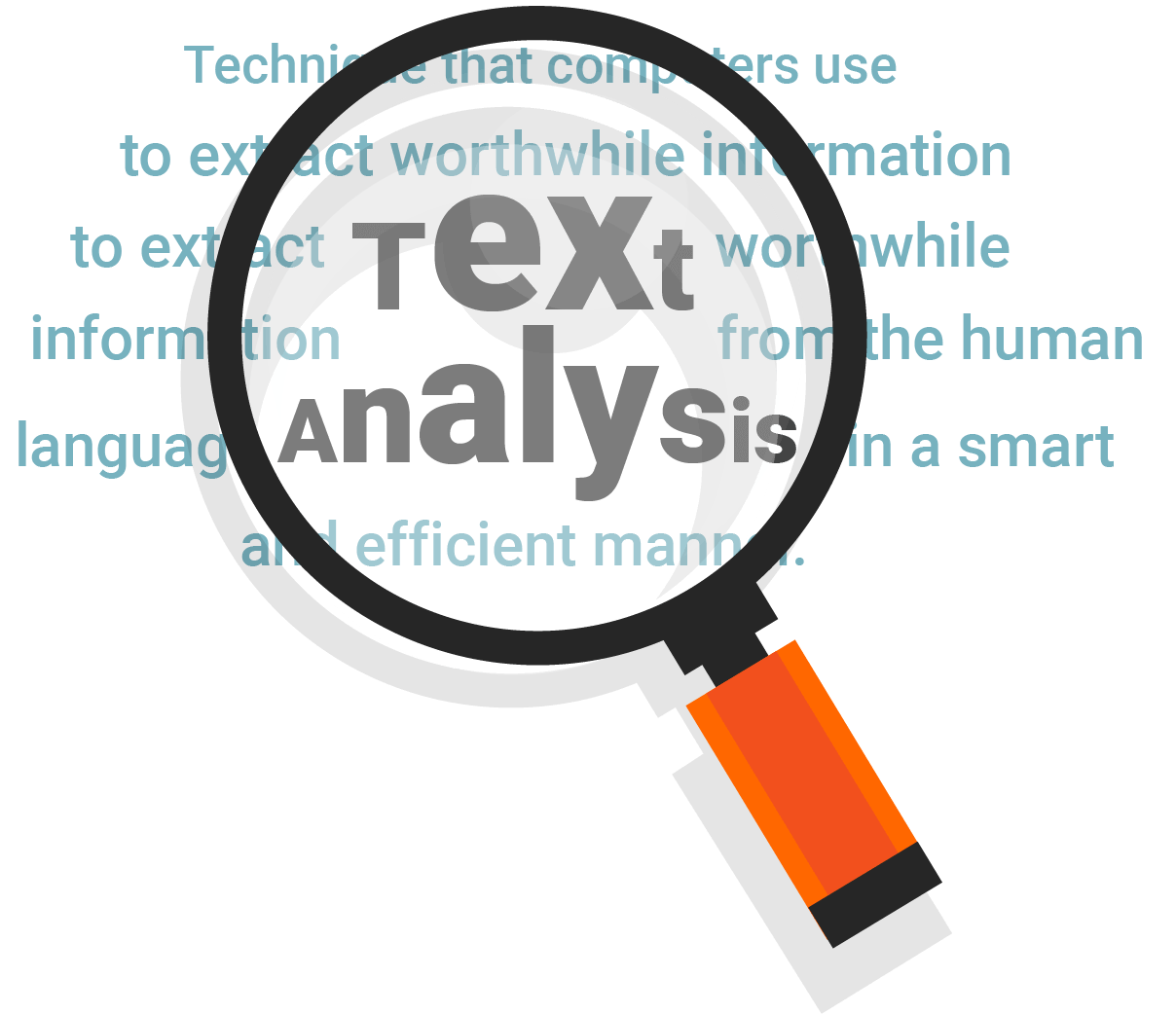

The Dutch scholar Desiderius Erasmus (1466? - 1536) is usually credited as the first to study the Bible in any light, although many of his methods are also found in the much earlier writing of Saint Augustine (354 - 430).

" Deuteronomic history": Joshua, Judges, 1 & 2 Samuel, 1& 2 Kings The work of higher criticism helps modern readers to understand something about the historical context in which the scriptures were written. The documentary hypothesis, which attempts to chart the origins of the Torah, is another key finding of the work of higher criticism. In other cases, higher criticism contradicts church tradition (as with the gospels) or even the words of the Bible itself (as with 2 Peter). In some cases, such as with several Pauline epistles, higher criticism confirms the traditional understanding of authorship.

In biblical studies higher criticism is used to address the synoptic problem, the question of how the texts of Matthew, Mark, and Luke are related to one another. Higher criticism, whether biblical, classical, Byzantine or medieval, focuses on the sources of a document to determine who wrote it, when it was written, and in which location. "Higher" criticism is used in contrast with Lower criticism (or textual criticism), whose goal is to determine the original form of a text from among the variants. Historical criticism or higher criticism is a branch of literary analysis that investigates the origins of a text.


 0 kommentar(er)
0 kommentar(er)
